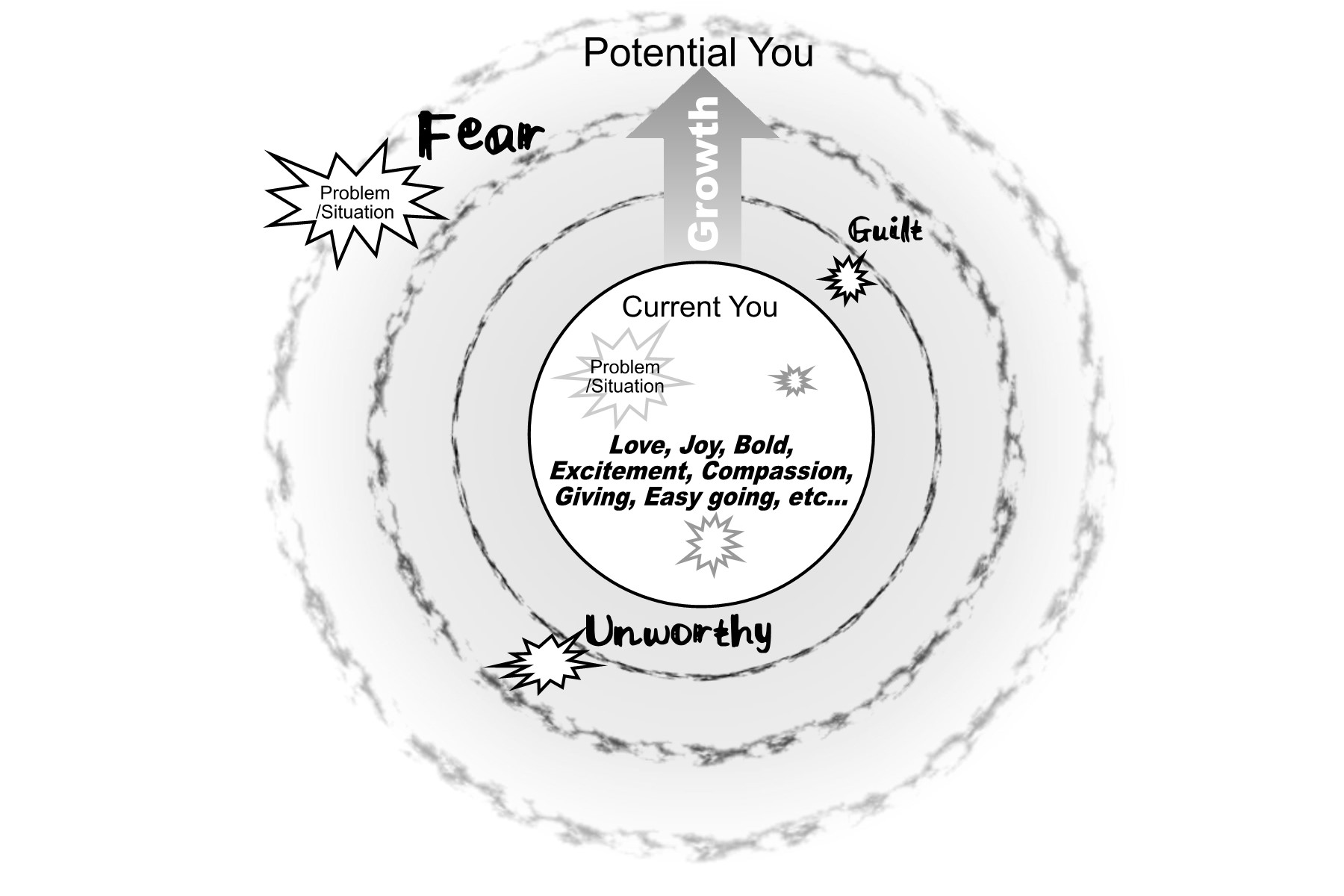 From the moment we are born, our brains begin to absorb information and store it into memory banks. Like a computer has a memory bank where you will store files for future use, our brain has memory banks for us to recall the stored information. When we see something or we smell it or taste it or touch or hear it – we have a neurological connection that happens. We recall what the experience we previously experienced and in a flash in our mind – ask the question so what is this stimulus? What do I do about it? Learning takes place with the use of memory storing and recollection.
From the moment we are born, our brains begin to absorb information and store it into memory banks. Like a computer has a memory bank where you will store files for future use, our brain has memory banks for us to recall the stored information. When we see something or we smell it or taste it or touch or hear it – we have a neurological connection that happens. We recall what the experience we previously experienced and in a flash in our mind – ask the question so what is this stimulus? What do I do about it? Learning takes place with the use of memory storing and recollection.
If you think of knowledge as something you gain – it merely is a piece of data that you will store in your memory and then when needed will recall it later.
Learning is the 8th element I have identified in my book. The following excerpt from – How to Reinvent Midlife Dreams explains learning this way …
” Whether you know it or not, you are taking in your world through your senses – smell, touch, taste, hearing and sight. You absorb situations and then in order to evaluate them for importance or not, if you should store this or not must process what the newly transpired thing means, so you know what you should do about it.”
When you are learning you are in control of processing the experience taking place around you:
- You are recalling previously stored information
- You are deciding to store this new information or not
- You are shaping what you already know.
The reason I say that learning is an element inside of us, is because no matter your sex, race, colour, beliefs or where you are living in the world, the process of storing and recalling information is in your control. This is the same for all the other 7 elements that I shared.
There are 2 memory banks in each of us – like a computer – that store our outer world experiences. They are short term memory and long term memory.
An example of these each would be
Short Term Memory (STM): I look a telephone number on my computer screen in one room, get up from my desk and walk to another room for the telephone and then recall the number to dial on the telephone. Here is the funny part and what I have been guilty of – I am in my living room, I look at telephone number on my computer screen. I get up and walk to the kitchen (about 25 feet away) and pick up our house phone and in that time it took me to walk 25 feet, I have forgotten the number. If you are a computer geek – you might say that I had RAM failure.
Long Term Memory (LTM) on the other hand lasts and lasts. It is best defined from Jeffrey Cantor’s book, Delivering Instruction to Adult Learners as, “Information which is to be remembered or recalled repeatedly.”
Like the ROM memory on your computer you can recall those memories over and over and over. They are there. Think of addition 7 + 9? Or the first US President? Or a word that rhymes with two? These are known as mnemonic devices.
STM and LTM are merely storage tanks. They only hold information for you. How you store them in there that is the learning process. As Jeffrey Cantor continued with is definition of LTM, “…is transformed by a process called semantic encoding. This way the info becomes more meaningful and takes the form of language.”
“Ok enough of the science” you are probably thinking. Let’s leave that to the scientists.
Time to Grow… Let’s Solve a Problem!
Now that we have all the science out of the way, let’s get down to work and start shaping this element. Here is how you can shape your Learning. There is no right and wrong way to solve a problem. You may even want to experiment and go through the process as if you were someone else.
Solving Problems
Do you know when you grow the most? Is it when you have no problems OR when you have problems? Neither. It is when you have BIG problems!
Look back on your life and identify the times when you had the biggest change in yourself. It was probably a time when you overcame a tough situation. And if you were to analyze the entire situation you would find that you first changed your belief about the problem. You looked at it as an opportunity to grow. Or in other words – you were not going to take it anymore!
How do you feel when a problem comes up and it is within your comfort zone? By comfort zone I mean is the problem one you look at that you know you can solve and you know what to do and how to do it. Do you feel pretty good? Are you confident you can handle it? Are you even excited and raring to go handle it?
I would venture to guess you said ‘yes’ to one or all of those questions.
On the flip side, what goes on in your mind to a problem that is outside your comfort zone? You know those right? The problems that are so big that you first thought is I have no idea what to do or where to begin.
Are you thinking worrisome thoughts? What are you saying to yourself? Is fear kicking in and you don’t know how to get over this problem?
Have no fear – solutions are near.
The one rule to problem solving I have come to learn is:
- Spend 20% of your time on the problem and
- Spend the other 80% on a solution
So what does that mean?
For most of us, when a problem arises that is beyond our comfort zone, we go into a mode of ‘freezership.’ This is when we look at the problem like an iceberg and just are in awe of its magnitude. We do nothing except admire and give power to it. We justify and respect it, just like we do a friend.
When in fact what we actually want is the opportunity to look back and be proud of how we overcame it…. who we became when faced with adversity.
Here is the 3 step process to getting over a problem
- Step 1 – Identifying the problem
- Step 2 – See what is possible
- Step 3 – Solve the Problem
Step 1 is where you spend only 20% of your time and Step 2 and 3 is where you put your time and effort. But how do you do that, you are wondering.
Well get my book, read it and you will learn it.
Ah-ha Gotcha!
By now, you probably know that I am here to help you. So here is the How…
- Step 1 – Identify and clearly state the facts. We put too much emotion into our view of a problem or what took place. That is what I mean by freezership. Our job here is to note the specific actions that have happened.
- Step 2 – See what is possible. Obviously there is a gap between how you would like things to be and how there are. So get clear on what you want.
- Step 3 – Solve the problem. Keeping in line with problem being outside your comfort zone, what resources do you need? Who do you know has solved a problem like this? What do you need to learn? If you knew what to do – then this would be simple, right?
By you learning how to solve problems easily and simply, you create the opportunity for your growth. This will have you focus on experiences that you want. Resulting in living from a powerful place of choice rather than being a victim.
Life is too short. Empower yourself and grow! So when is now a good time to live a life you love?
Email me Kevin@KevinHuhn.com and we can begin you on your journey to realizing your dreams.
Yours in Midlife.
Kevin Huhn
Canada’s #1 ‘Reinventing Midlife Dreams’ Coach
Award Winning Expert/
Author, How to Reinvent Midlife Dreams
Founder, Savour Your Midlife Dreams
www.KevinHuhn.com



Recent Comments